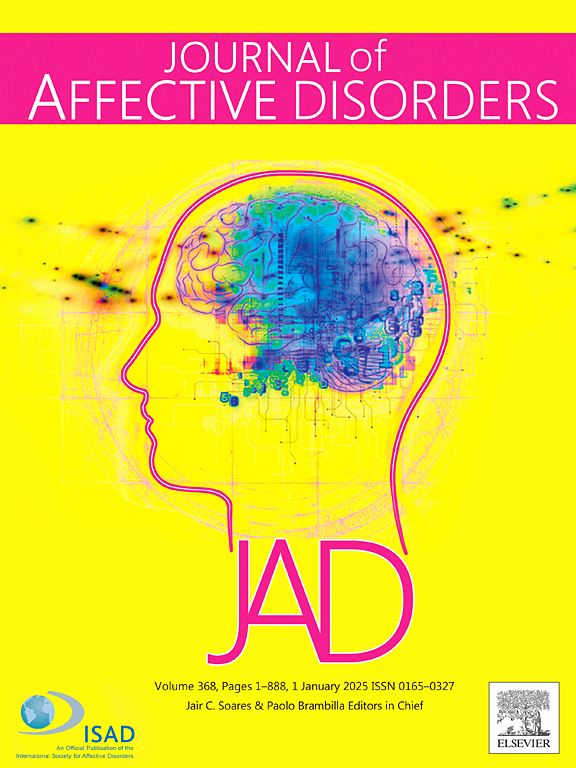Natural disasters and suicidal behaviour: An updated systematic review
IF 4.9
2区 医学
Q1 CLINICAL NEUROLOGY
引用次数: 0
Abstract
Background
This systematic review aims to update and extend the findings of an earlier review on the suicidogenic impact of natural disasters.
Methods
A systematic search of research published in 17 bibliographic databases was conducted (PROSPERO CRD42020216722). The review following PRISMA checklist identified 64 primary studies, published between 2012 and 2022, investigating the association between natural disasters and suicidal behaviour and ideation.
Results
The majority of studies related to natural disasters in Japan, China, USA, India and Australia. Over half the studies (n = 39) investigated the impact of earthquakes. Other disasters included hurricanes, floods, tsunamis, droughts, wildfires, tornadoes and multiple disasters. Concerning suicide mortality (the most studied suicide-related outcome), there was variability in the suicidogenic impact of earthquakes depending on location, age, sex and time elapsed since the event. While suicide mortality appeared to increase following drought, investigations of hurricanes/tornadoes and floods found no evidence of a similar association. Findings relating to other suicide-related outcomes are more consistent, suggesting that exposure to droughts, hurricanes, tsunamis, floods, and other natural disasters is associated with increased risk of suicidal ideation and non-fatal suicidal behaviour. This association, however, is dependent on other factors, including the level of structural adversity in the exposed population (e.g., unemployment, poverty, food insecurity), individual vulnerabilities (e.g., physical and mental health), local resources, and availability of support.
Limitations
Publications in languages other than English, French, Spanish, Italian and Portuguese may have been missed. The heterogeneity and methodological weakness of primary studies limited our ability to provide definitive responses to our research questions.
Conclusions
The considerable inconsistency in the findings reported across these studies, particularly relating to suicide mortality, is noteworthy. While this may be an artefact of methodological limitations, it is possible that there are substantive (‘real’) differences in the impact of natural disasters on suicidal behaviour linked to the type of disaster, the socioeconomic and sociocultural context, the type of suicidal behaviour, or other explanatory factors.
求助全文
约1分钟内获得全文
求助全文
来源期刊

Journal of affective disorders
医学-精神病学
CiteScore
10.90
自引率
6.10%
发文量
1319
审稿时长
9.3 weeks
期刊介绍:
The Journal of Affective Disorders publishes papers concerned with affective disorders in the widest sense: depression, mania, mood spectrum, emotions and personality, anxiety and stress. It is interdisciplinary and aims to bring together different approaches for a diverse readership. Top quality papers will be accepted dealing with any aspect of affective disorders, including neuroimaging, cognitive neurosciences, genetics, molecular biology, experimental and clinical neurosciences, pharmacology, neuroimmunoendocrinology, intervention and treatment trials.
 求助内容:
求助内容: 应助结果提醒方式:
应助结果提醒方式:


